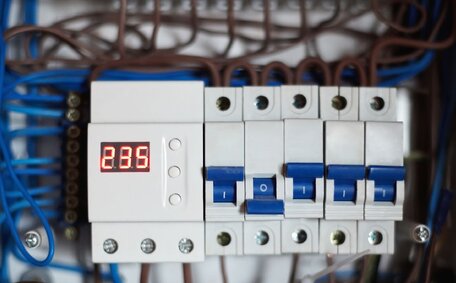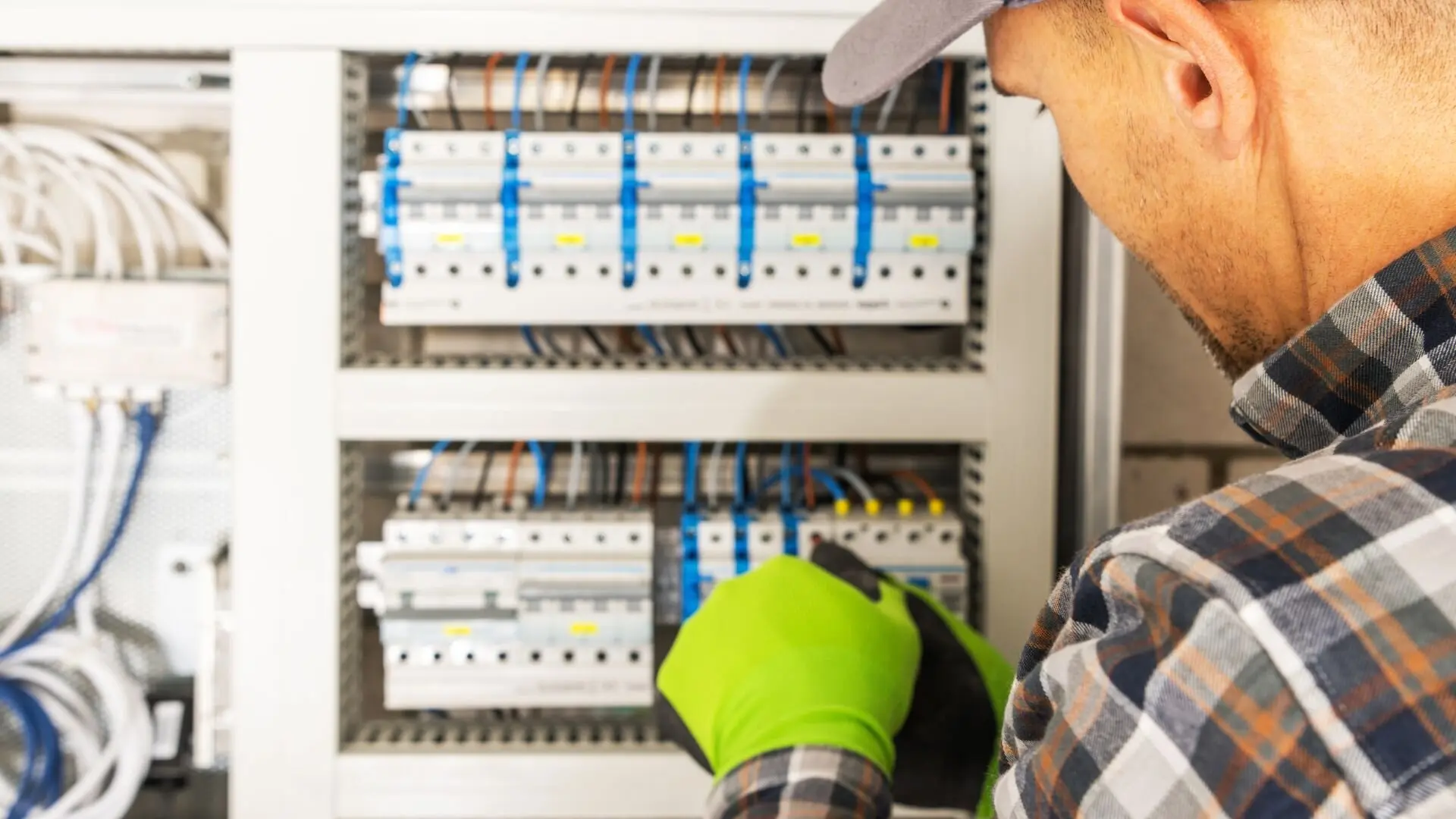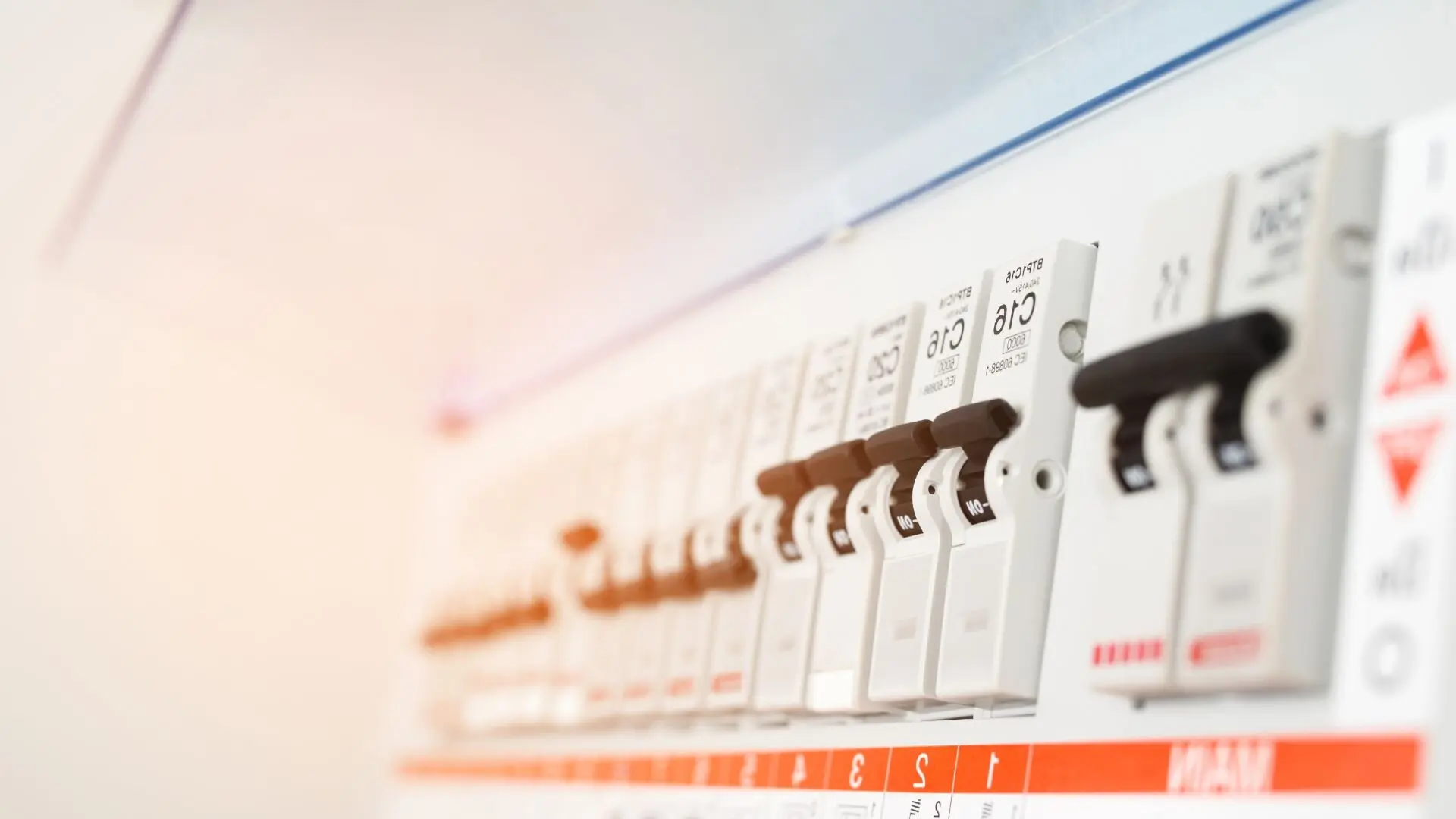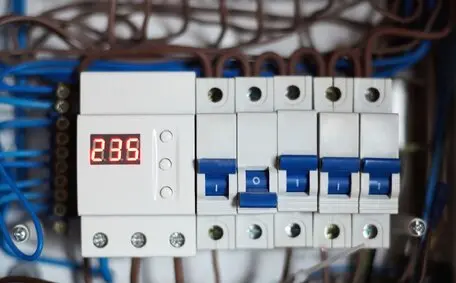Electrical safety is paramount in any household. Faulty appliances, damaged wiring, or even seemingly harmless situations like using a power tool in damp conditions can lead to serious electrical shocks. These incidents, while often avoidable, highlight the importance of having robust safeguards in place.
Let’s dive into the fascinating world of safety switches, often regarded as the unsung heroes of your home’s electrical system. These devices play a crucial role in reducing the risk of electric shock and electrocution. We’ll also touch on the Australian legal requirements for safety switches and guide you in selecting the right type to keep your home safe.
Understanding Safety Switches
Safety switches, also known as residual-current devices (RCDs), are lifesavers in electrical systems. Unlike circuit breakers and fuses that respond to overcurrents, safety switches focus on preventing electric shock. They continuously monitor the electrical current flowing through a circuit.
If a leakage current is detected – meaning current deviates from its intended path – the safety switch rapidly disconnects the power supply within milliseconds. This quick response minimises the risk of serious injury from electrical shock.
![2024 06 Testing Safety Switch Testing Safety Switch]()
Different Types of Safety Switches
Choosing the right kind of safety switch hinges on the appliances you’re aiming to protect. Here’s a rundown of the most frequently used types:
- Type AC: This is the most widely used type in homes. It detects leakage currents that alternate current (AC), which is the standard type of electricity used in household appliances.
- Type A: Modern appliances often use switch-mode power supplies that can introduce a pulsing direct current (DC) component. Type A safety switches offer broader protection by detecting both AC and DC leakage currents, making them ideal for protecting computers, TVs, and other modern electronics.
- Type F: This specialised type targets pulsating DC currents commonly found in solar power systems. These currents can bypass standard AC detection methods, and Type F safety switches provide crucial protection in solar installations.
- Type B: While less common in residential settings, Type B safety switches offer advanced protection against specific fault currents, particularly those arising in medical equipment. Due to the unique nature of these currents, consulting a qualified electrician is highly recommended to determine if a Type B switch is necessary for your specific needs.
Selecting the Right Type
It’s crucial to choose the right safety switch type for your appliances. Here’s why:
- Matching Appliance Needs: Different appliances generate different types of leakage currents. Using a safety switch that’s compatible with the specific currents your appliances produce ensures optimal protection.
- Consulting a Qualified Electrician: Determining the most suitable safety switch type for your property can be complex. A qualified electrician can assess your specific electrical setup, the appliances you use, and any potential risks to recommend the best safety switch type for your needs. Their expertise ensures you have the right protection in place.
Protecting Your Home with Safety Switches
Where Safety Switches Belong
For maximum protection, make sure you have safety switches installed at key points in your home’s electrical system. Start at the main switchboard, where your power supply comes in, so that all downstream circuits are protected. You can also install individual safety switches at power points, especially in places like kitchens or bathrooms that are more likely to get damp.
For specific areas with potentially high electrical risks, consider sub-boards with dedicated safety switches. Examples include pool equipment, which constantly interacts with water, or workshop circuits handling power tools.
Regular Testing: Key to Safety Switch Effectiveness
Think of safety switches like any other safety gear at home—they need regular checks to work right. Ideally, test them every 3 months. It’s easy: use the test button on the switch’s front, and if it’s working well, it’ll trip instantly when pressed. If not, it’s time to call in a pro to check things over.
![2024 06 Circuit Breaker Safety Switches Circuit Breaker Safety Switches]()
Beyond Safety Switches: A Layered Approach
While safety switches provide excellent protection, consider them part of a comprehensive electrical safety strategy. Here are some complementary practices:
- Residual Current Devices (RCDs) for Specific Appliances: In some cases, using portable RCDs plugged into outlets before using high-risk appliances, like power tools outdoors, can offer an extra layer of protection.
- Electrical Safety Awareness: Educating everyone in your household about electrical safety is vital. Teach them to avoid using damaged cords, overloading outlets, and never attempting electrical work without proper qualifications.
If your home doesn’t have safety switches or your switchboard is outdated, consider getting a qualified electrician to assess your needs. Upgrading your electrical system with safety switches is an investment in the safety and well-being of everyone in your home.
Don’t Leave Your Family at Risk
Does your home or business have safety switches installed?
Ensure your property is protected with a professional safety switch inspection from Bright Force Electrical. Their qualified electricians can assess your existing switches, recommend any upgrades necessary, and provide a free safety switch quote tailored to your specific needs.
Don’t wait for an electrical problem to catch you off guard. Take charge of your safety now. Reach out to Bright Force Electrical for peace of mind, and have a chat about your property’s electrical needs.










